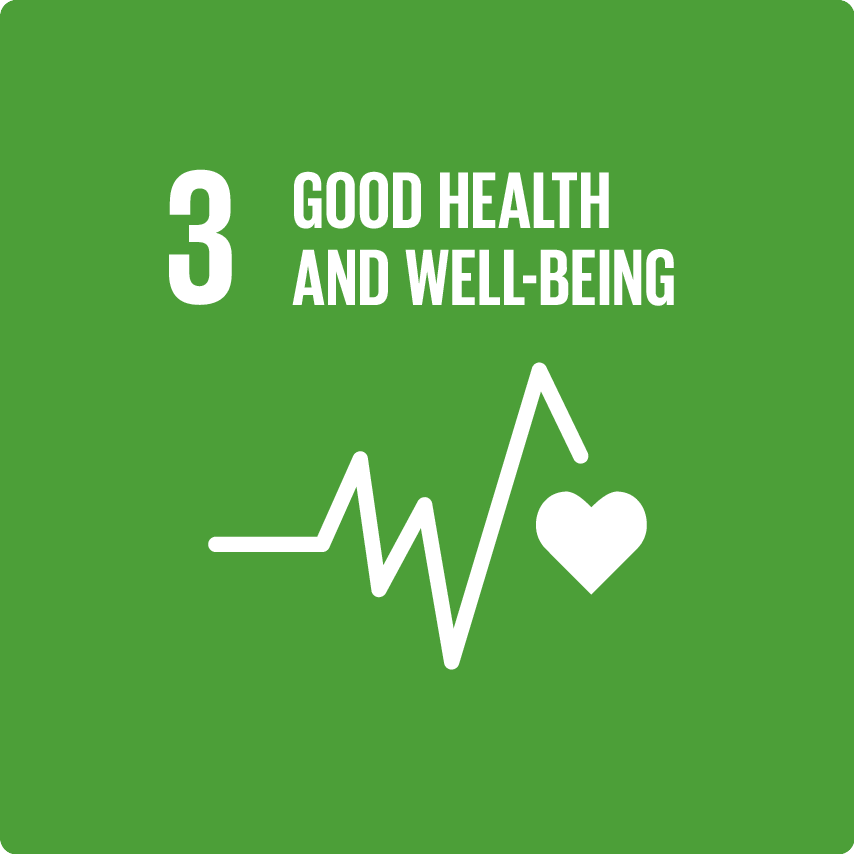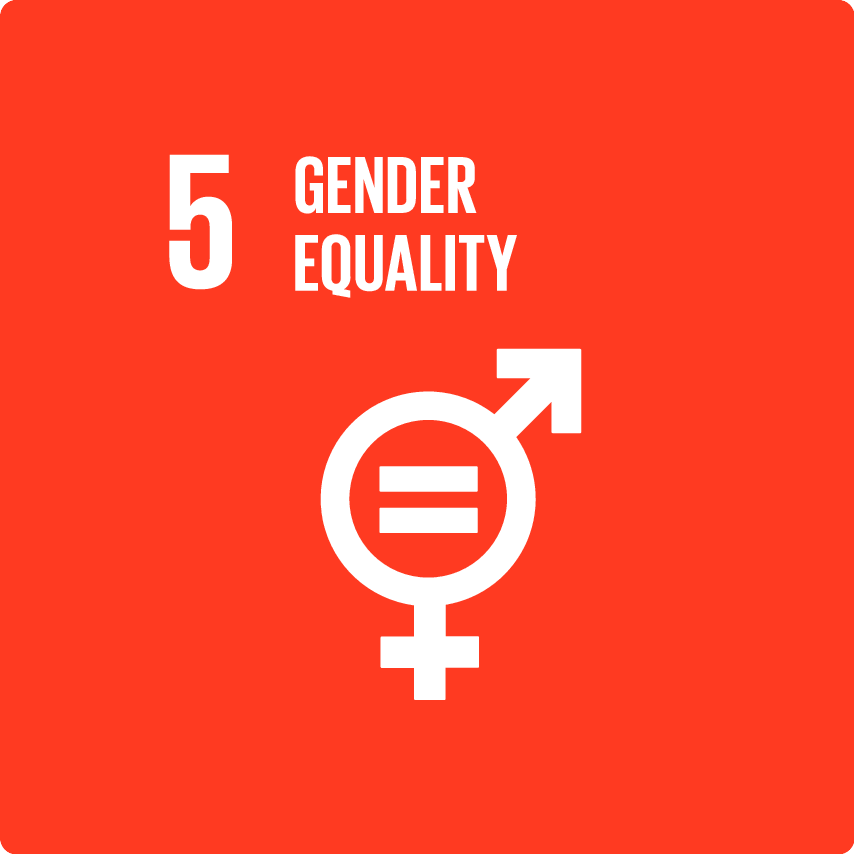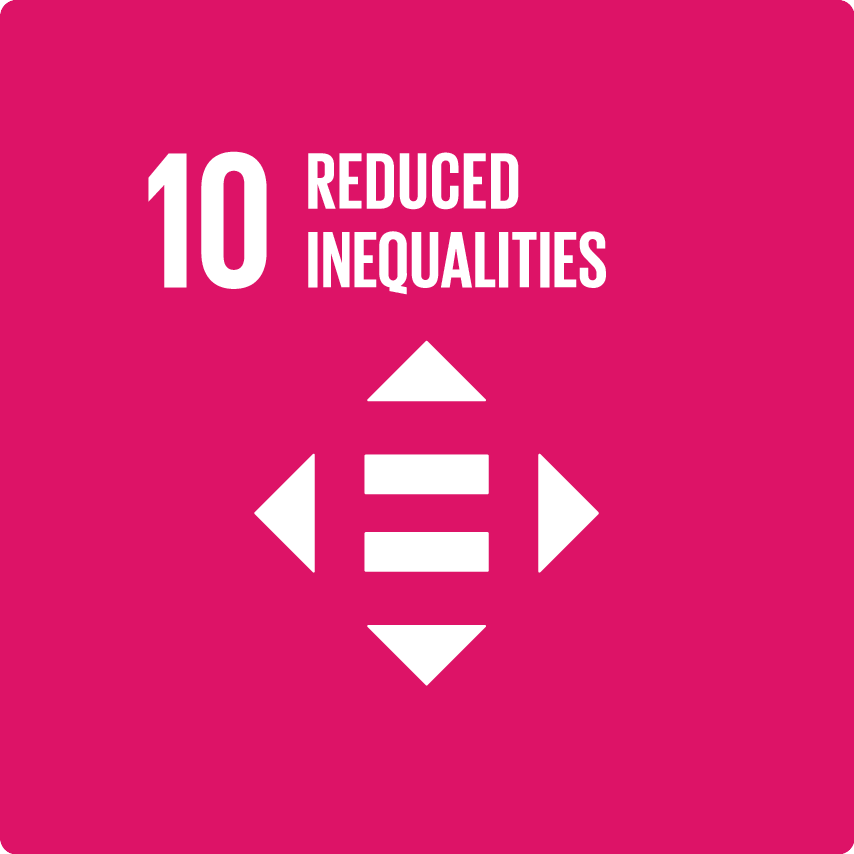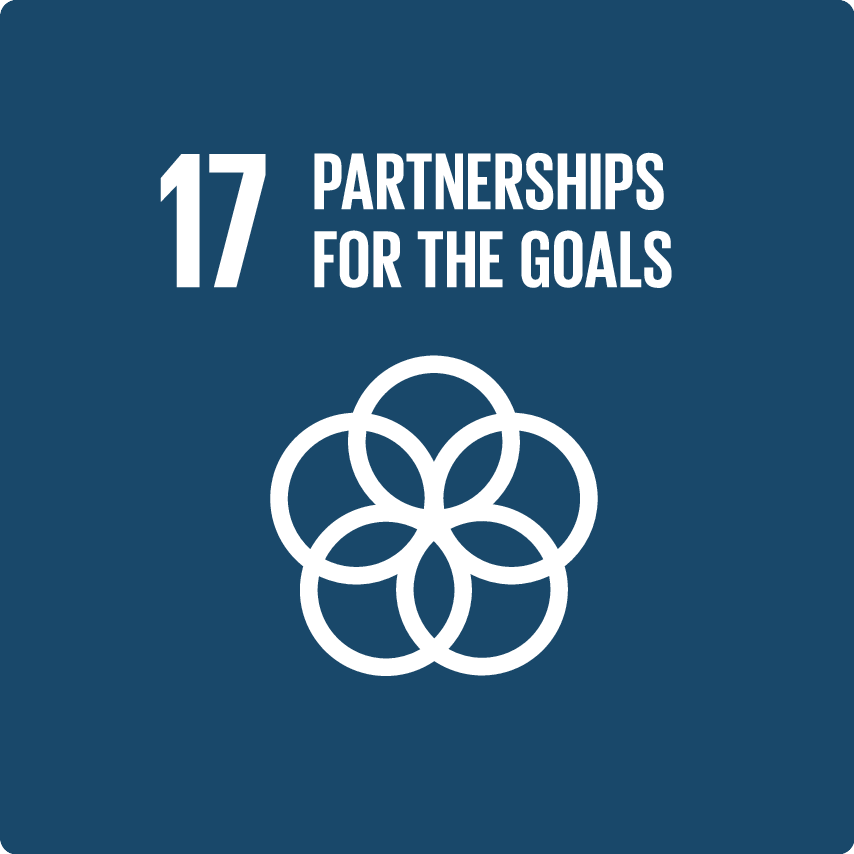Mectizan Donation Program
The MECTIZAN® (ivermectin) Donation Program (MDP) was established over 30 years ago and is the longest-running disease-specific drug donation program and public-private partnership of its kind.
SEE ALL PARTNER ORGANIZATIONS
Objectives
- Elimination of transmission of onchocerciasis globally.
- Elimination of lymphatic filariasis (LF) as a public health problem in African countries co- endemic for onchocerciasis and LF.
- Support elimination of LF as a public health problem globally through triple therapy with Mectizan, Albendazole and DEC.
What are the health needs and challenges?
Onchocerciasis, or river blindness, is a debilitating disease that threatens the health and livelihood of more than 198 million people in parts of Africa, Latin America and the Middle East, according to the World Health Organization (WHO). Onchocerciasis is transmitted through the bite of black flies and can cause intense itching, disfiguring dermatitis, eye lesions and, eventually, blindness.
Lymphatic filariasis (LF) is a devastating parasitic infection spread by mosquitoes. It is caused by thread-like parasitic worms that damage the human lymphatic system. According to the WHO, the disease is estimated to infect over 120 million people, with more than 40 million incapacitated or disfigured with swelling of the limbs and breasts (lymphoedema) and genitals (hydrocele), or swollen limbs with dramatically thickened, hard, rough and fissured skin (elephantiasis). Around 886 million people are at risk, around 37 percent of those infected live in Africa.
Partnership activities and how they address needs and challenges
In 1987, MSD* announced that it would donate MECTIZAN® (Ivermectin), the company’s breakthrough medicine for the treatment of onchocerciasis, to all who needed it for as long as needed.
To facilitate the donation and delivery of MECTIZAN, MSD established a multi-sectoral partnership, involving the WHO, the World Bank and UNICEF, as well as ministries of health, nongovernmental development organizations and local communities. In 1988, MSD established the MECTIZAN Donation Program (MDP), housed at the Task Force for Global Health, to provide medical, technical and administrative oversight of the donation of MECTIZAN. MDP also provide technical and advocacy support to GSK and the albendazole donation.
In 1998, MSD expanded the donation to include mass treatment for the elimination of LF, commonly referred to as elephantiasis, in African countries where the disease co-exists with river blindness. In the same year, GSK made a commitment to donate albendazole towards LF elimination to WHO, in collaboration with partners like MSD and MDP. In 2017, the donation of MECTIZAN was once again expanded to provide an additional 100 million treatments per year through 2025 to support the elimination of LF globally, in countries where onchocerciasis is not endemic. The most recent expansion supports WHO’s guidelines for the elimination of LF with annual treatments of a combination of the “IDA” triple therapy to at-risk populations, which includes albendazole, donated by GSK and DEC, donated by Eisai.
The program reaches more than 340 million people in 32 countries annually, with more than 3.45 billion treatments since 1987. The Mectizan Donation Program is the longest-running, disease-specific drug donation program and public/private partnership of its kind, and is widely regarded as one of the most successful public/private health collaborations in the world. The donation of MECTIZAN and the public-private partnership that resulted influenced other drug donation programs, leading to the development of a new sector of global health to address “neglected tropical diseases” (NTDs). A community-directed treatment strategy used to distribute MECTIZAN (called “Community Directed Treatment with Ivermectin (CTDI)” ) was developed during the first decade of the Program, which strengthens primary health care by training community-directed distributors (CDDs), and by enabling other health services to be provided in the rural communities where river blindness and LF are found.
While much has been achieved in the treatment and progress toward elimination of onchocerciasis, a number of additional challenges remain that MSD and partners are actively addressing.
*MSD is known as Merck & Co., Inc. in the United States & Canada
Results and milestones
An estimated 40,000 cases of blindness are prevented by the MECTIZAN Donation Program annually. In addition, the donation of MECTIZAN led to the development of CDTI (community-directed treatment with ivermectin) programs, through which trained community volunteers distribute medicines, a critical element in effective mass-treatment programs in remote areas that often lack trained healthcare workers.
In Latin America, WHO has verified that river blindness has been eliminated in Colombia, Ecuador, Guatemala and Mexico. In Africa, national onchocerciasis elimination committees (NOECs) have been established in 21 of the 29 endemic countries. Under the guidance of the NOECs, MECTIZAN treatment has stopped many areas and more than 11.5 million people no longer need treatment for onchocerciasis in these areas.
For LF, Togo in 2017, Yemen in 2019, and Malawi in 2020 received validation from WHO that the disease had been eliminated as a public health problem. In addition, more than 114 million people in sub-national regions of 12 other countries no longer need MECTIZAN treatment for LF, as the transmission of the disease has been interrupted.
In 2019 alone, 344 million treatments were approved and shipped to endemic countries for the elimination of river blindness and LF.
Geographic Reach
- Global Commitment
- Africa
- Americas
- Eastern Mediterranean
- South-East Asia
- Western Pacific
Disease Area
- Infectious and Parasitic Disease
Target Population
- Children
- Men
- Women
- Elderly
- Marginalized/indigenous people
Partner organizations
Interchurch Medical Assistance (IMA)
Helen Keller International
Organisation pour la Prevention de la Cecite
Eisia Inc.
UNICEF
World Bank
World Health Organization (WHO)
Pan American Health Organization (PAHO)
Carter Center
Christian Blind Mission International (CBMI)
Light for the World
Lions Club International
Sightsavers International
Task Force for Global Health
United Front Against River Blindness
Global Alliance to Eliminate Lymphatic Filariasis (GAELF)
Additional resources
Geographic Reach
Global Commitment
Africa
- Angola
- Benin
- Burkina Faso
- Burundi
- Cameroon
- Central African Republic
- Chad
- Congo
- Côte d'Ivoire
- Democratic Republic of the Congo
- Equatorial Guinea
- Ethiopia
- Ghana
- Guinea
- Guinea-Bissau
- Kenya
- Liberia
- Madagascar
- Malawi
- Mali
- Mozambique
- Niger
- Nigeria
- Senegal
- Sierra Leone
- South Sudan
- Togo
- Uganda
- United Republic of Tanzania
Americas
- Brazil
- Ecuador
- Guatemala
- Guyana
- Haiti
- Mexico
- Venezuela (Bolivarian Republic of)
Eastern Mediterranean
- Egypt
- Sudan
- Yemen
South-East Asia
- India
- Indonesia
Western Pacific
- Malaysia
- Papua New Guinea
- Samoa
- Tuvalu
Disease Area
Infectious and Parasitic Disease
- Neglected Tropical Diseases (NTDs)
- Elephantiasis (lymphatic filariasis)
- Onchocerciasis (River Blindness)
- Other Infectious and Parasitic Disease



